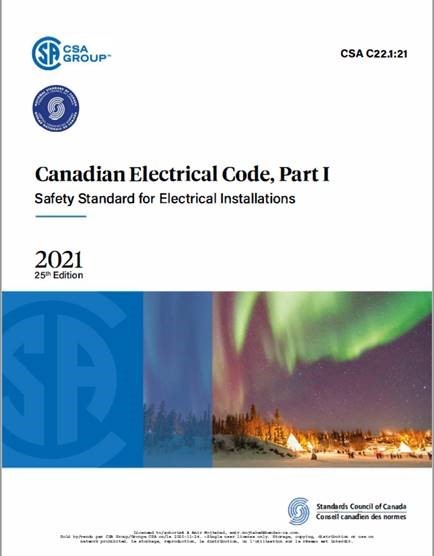Bender NGR Solutions Ensure Compliance with New CE Code Section 10 Impedance Grounded Systems

The 2018 Canadian Electrical Code included a complete Section 10 Grounding and Bonding re-write which included new requirements for impedance-grounded systems in Rule 10-302. Immediate tripping was newly required when the impedance-grounded system experienced an open or short impedance-grounding device.
The 2021 CE Code was published in January 2021 and will be enacted or adopted in the various provincial and territorial jurisdictions on their schedules. In this edition, impedance-grounded system performance requirements are more nuanced. Most impedance-grounded electrical systems are impedance grounded through a neutral-grounding resistor (NGR), and the balance of this paper will use NGR terminology. There is no longer a blanket immediate trip-on-resistor-failure requirement.
Three impedance-grounded-system failure modes are described:
- A ground fault on current-carrying conductors
- A ground fault on the conductor connecting the NGR to the source (shorted NGR)
- A loss of continuity between the source and ground (open NGR, including connections to neutral and ground).
What are the requirements?
- Four-wire systems (those with a distributed neutral) must immediately trip on any of the failure modes.
- Three-wire systems are defined as one of two types—5 kV or less with ground-fault current limited to 10 A or less, and everything else. The ground-fault protection provided by the NGR monitor is defined as one of two types—those that can detect a ground fault with the NGR open and those that cannot.
- An up to 5-kV, up to 10-A three-wire system experiencing a phase-to-ground fault must trip within the NGR’s time rating. (If it is continuous, no trip is required.)
- Three-wire systems over 5 kV or 10 A experiencing a phase-to-ground fault must trip within the NGR’ time rating, not to exceed 48 hours.
- Three-wire impedance-grounded systems experiencing a shorted NGR must alarm and trip within 48 hours.
- Three-wire impedance-grounded systems experiencing an open NGR, in which a ground fault is still detectable, must alarm—no de-energization is required. If a ground fault is not observable, it must alarm and trip within 48 hours.
The requirements can be expressed graphically as a decision tree:

What is the best NGR monitoring solution?
Electrical codes define minimum requirements for electrical installations. Higher levels of safety and protection are permitted – NGR monitoring is recommended for every resistance-grounded electrical system.
Bender NGRM500 and NGRM700 Neutral-Grounding-Resistor Monitors provide all three required protective functions defined by the Code—a ground fault in the current-carrying conductors, a shorted NGR, and an open NGR. They will detect a ground fault even when the NGR has failed open. Beyond the code requirement, these protective relays can detect a broad frequency range of ground-fault current, including DC faults, providing protection unrivaled in the industry.
Ground-fault and resistor-fault functions are separable with three sets of output contacts, allowing choices of tripping and alarming characteristics. The NGRMs are easily configured through backlit display, dynamic pushbuttons, and the webserver interface. System alerts are immediately available with locally indicated alarms with LED and audible warnings and communicated through the standard network interface.
Every impedance-grounded installation deserves to be protected by a Bender NGRM500 or NGRM700 Neutral-Grounding-Resistor Monitor.
For more information about this application or to learn more about Bender technology related to your specific application, contact our team of experts.
This article is for informational purposes only. Bender provides the information "as is" without warranty and is not responsible for its accuracy or reliability. No warranties are given regarding its suitability for any specific circumstances.

.jpg)


.jpg?width=352&name=Blank%20300%20x%20175%20(3).jpg)